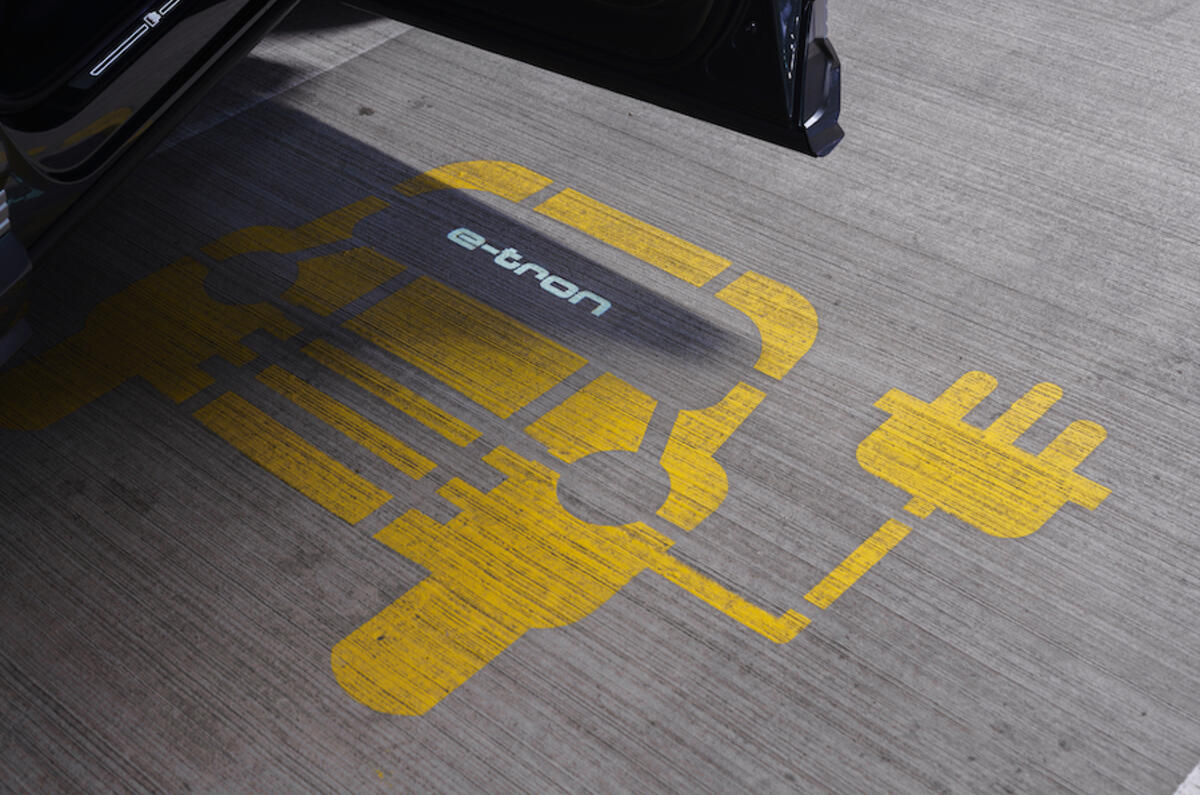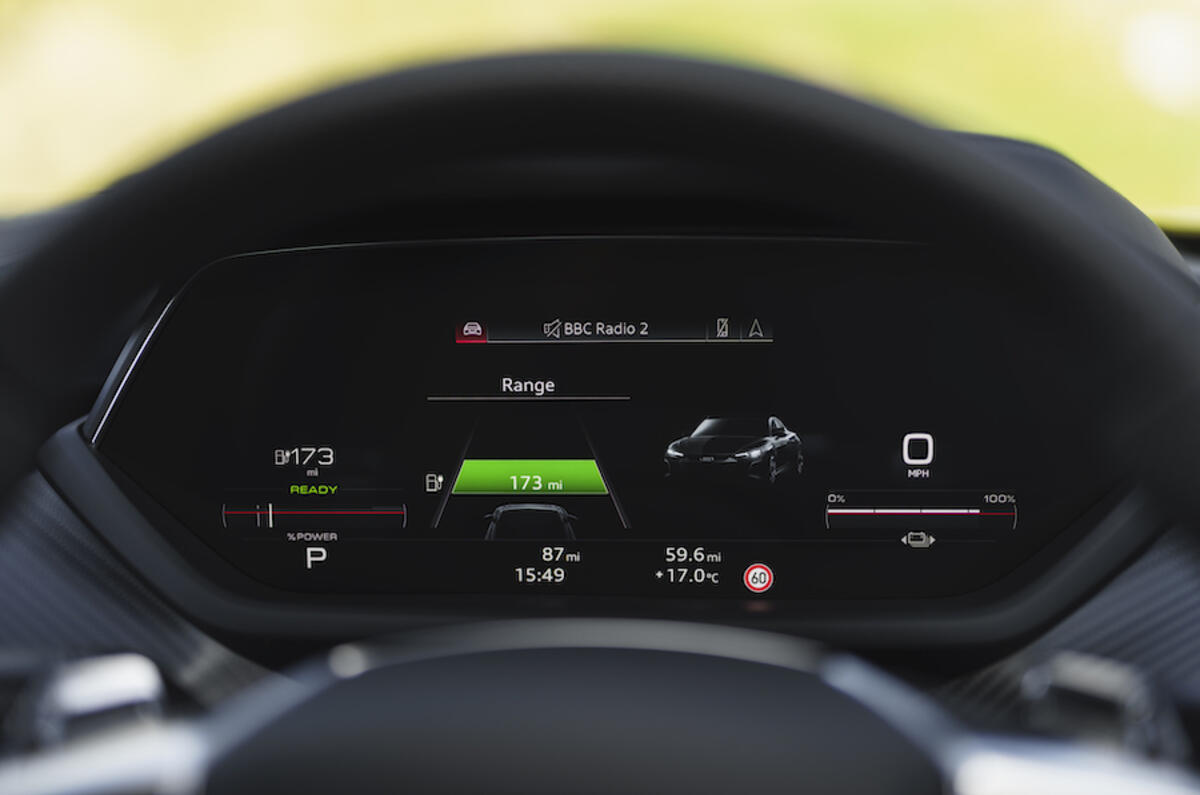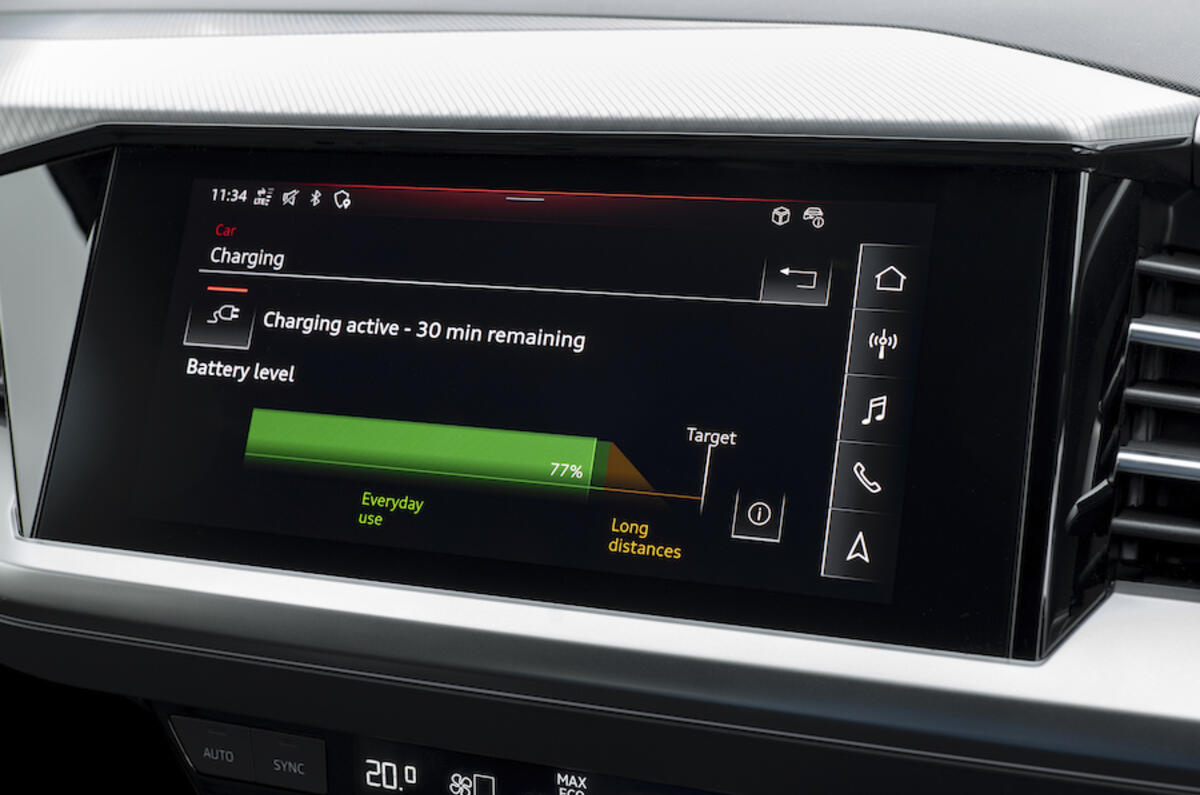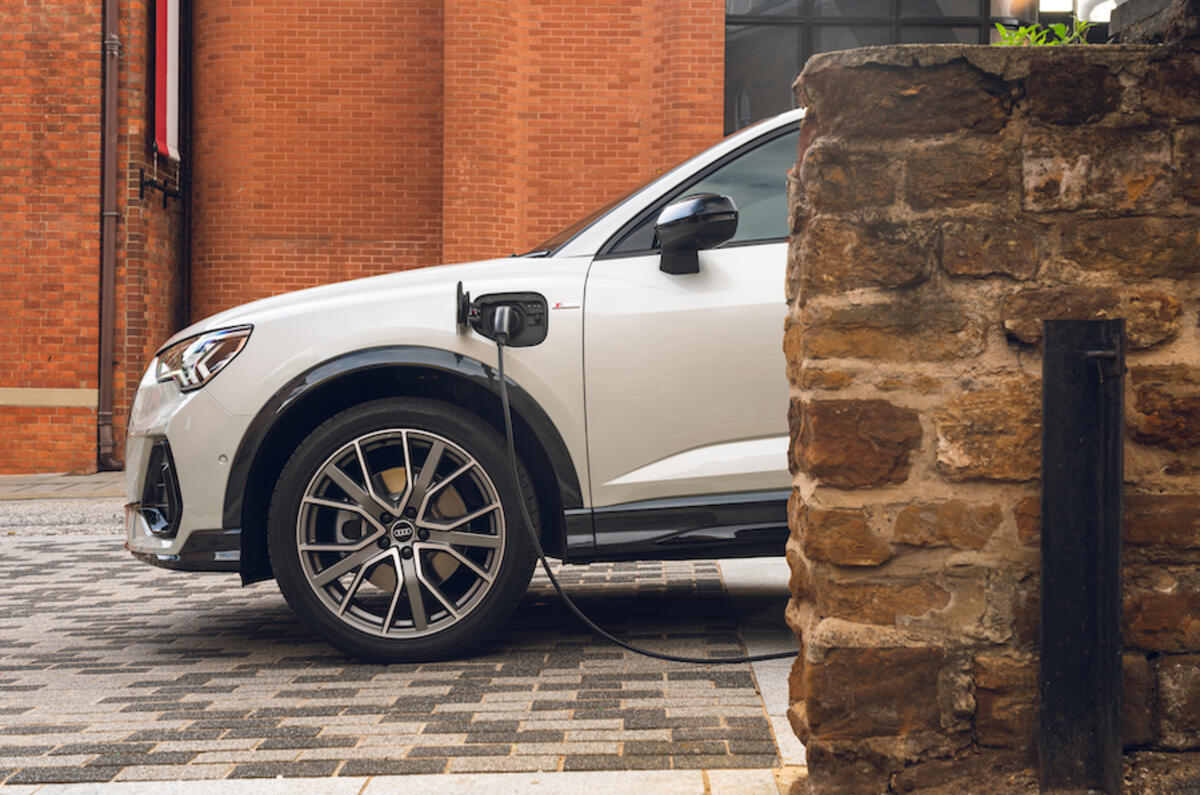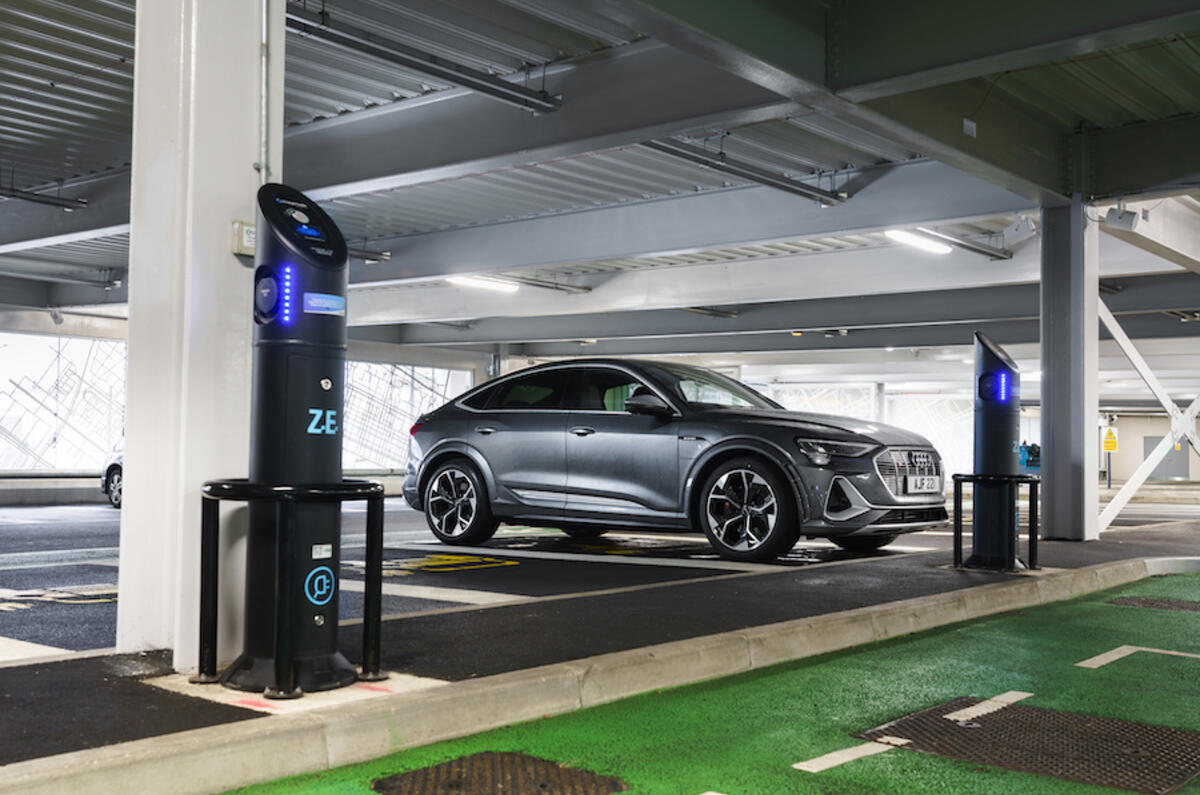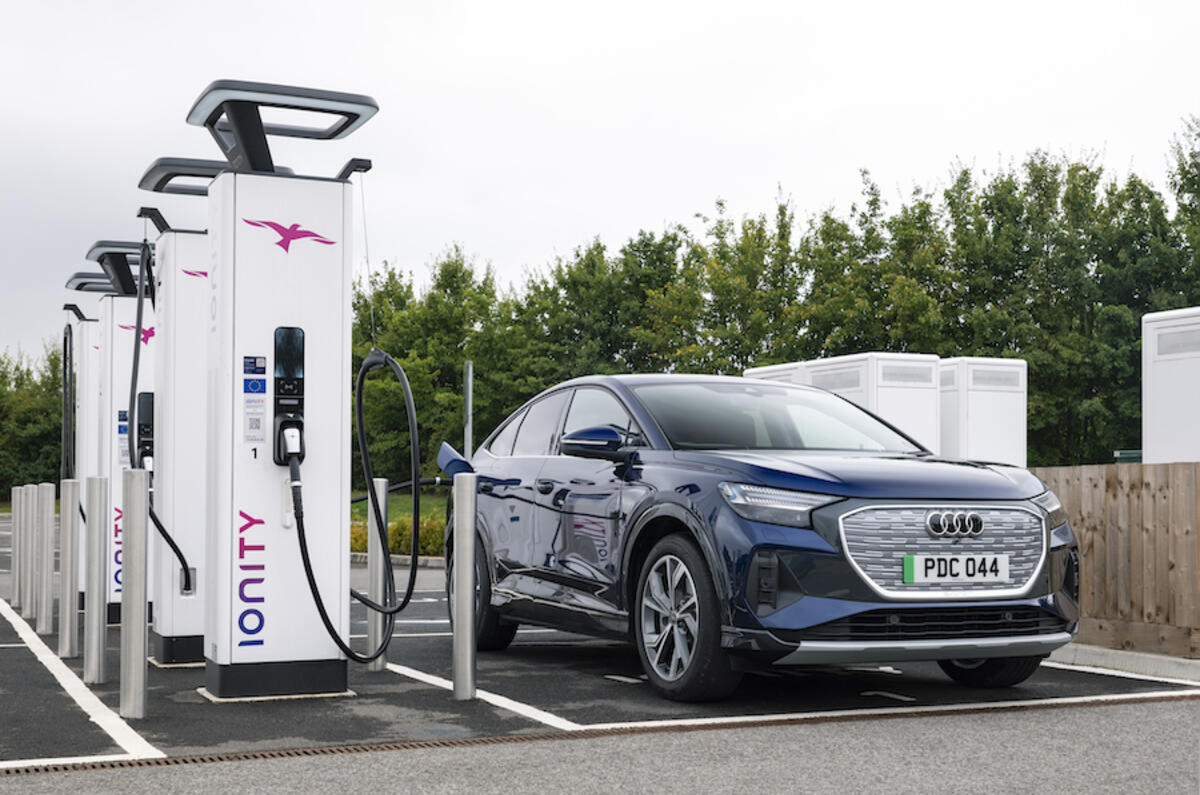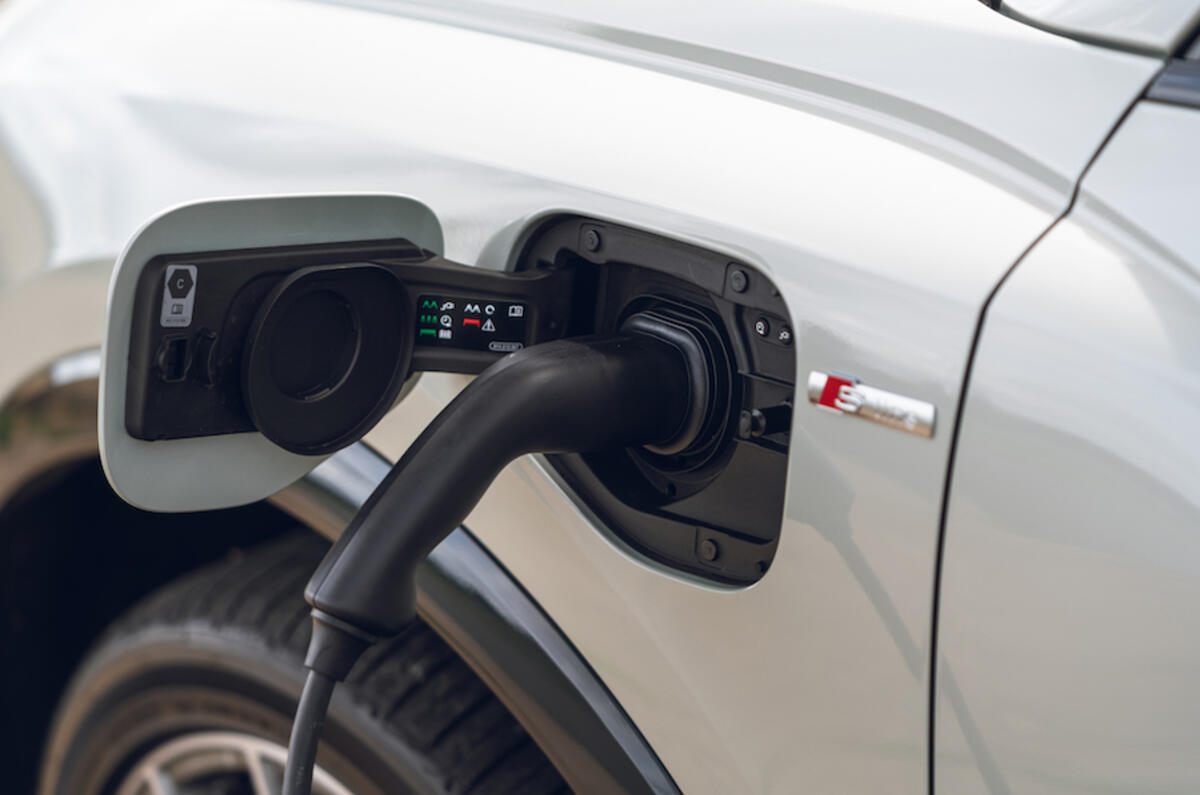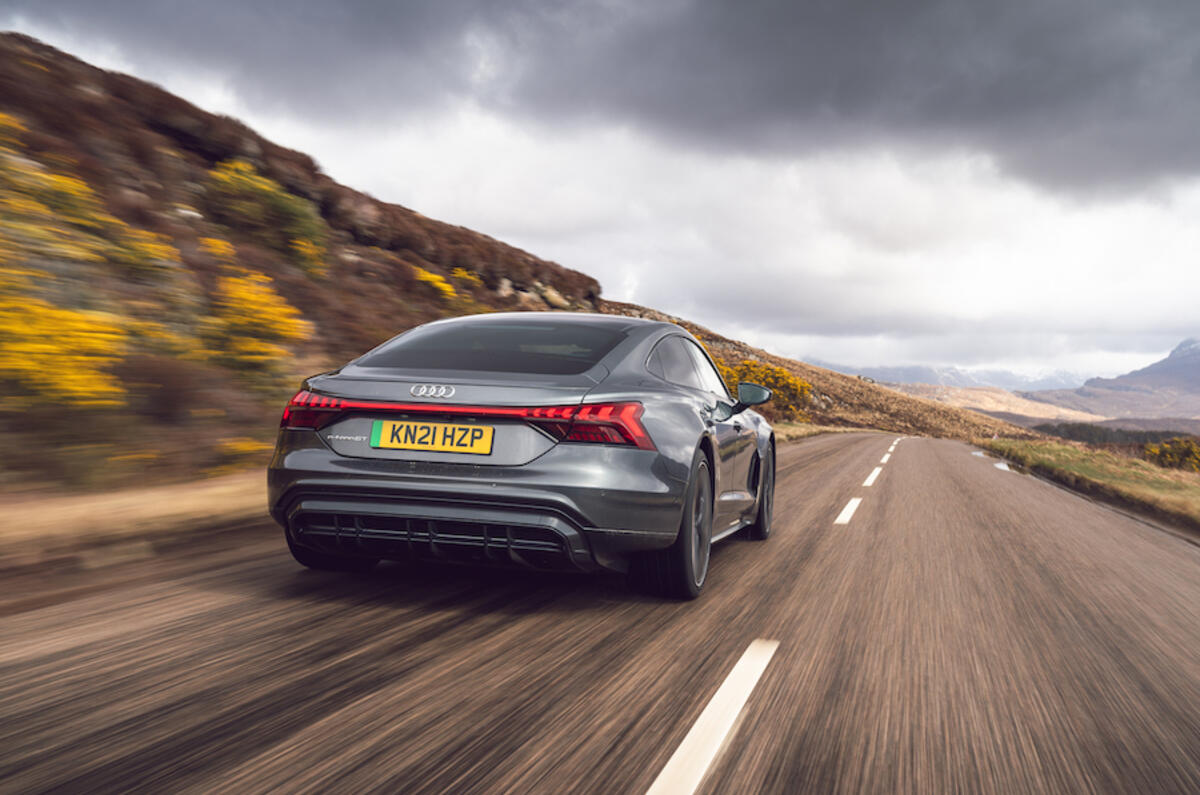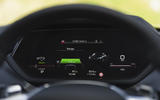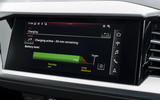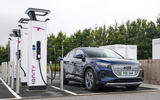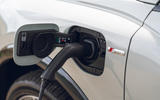Making the electric switch means a different way of powering your journeys. But don’t worry. Charging an electric car and maximising your range is easier than you think.
We’ve partnered with Audi and its fast-growing line-up of all-electric e-tron models to break down all you need to know in one simple guide. So, let’s start by dispelling one of the biggest myths…
Find out more about how Audi e-tron makes charging easy.

Range anxiety: One of the big worries about going electric is ‘range anxiety’. But this is also one of the big misconceptions about electric driving. Modern all-electric models, such as the Audi Q4 Sportback 40 e-tron SUV, offer up to 323 miles of range (WLTP). That’s roughly the distance from London to Carlisle as the crow flies.
Charging anxiety: Charging anxiety means worrying about where the nearest charger is, and how long it will take to charge. But, with over 49,000 charging points at 18,000+ locations around the UK (according to zap-map.com), and with high-speed rapid chargers making up an increasing percentage of the network, there are more options to recharge than ever before – and that number is continuing to grow fast.
Range-affecting factors: An electric car’s range is affected by several things. First: traffic conditions and the type of driving (with stop-start city and smooth flowing A-road driving being more efficient than motorway driving). Second: the weather, with cold or very hot weather decreasing range. Finally: how you use in-car tech plays its part, with in-car heating and air-conditioning being particular culprits. But, as you can pre-warm or pre-cool an Audi e-tron remotely – using the myAudi smartphone app, while it’s still plugged in – it’s easy to preserve more range for your journey.

